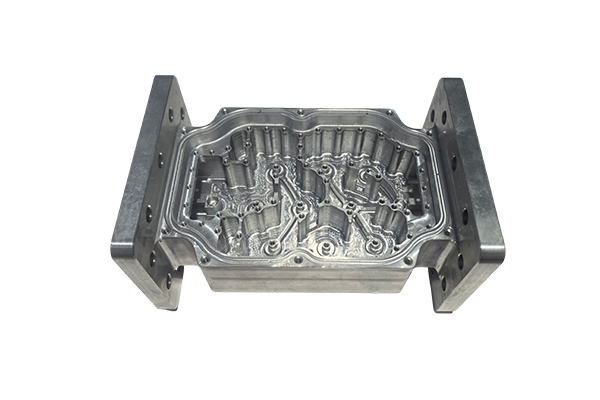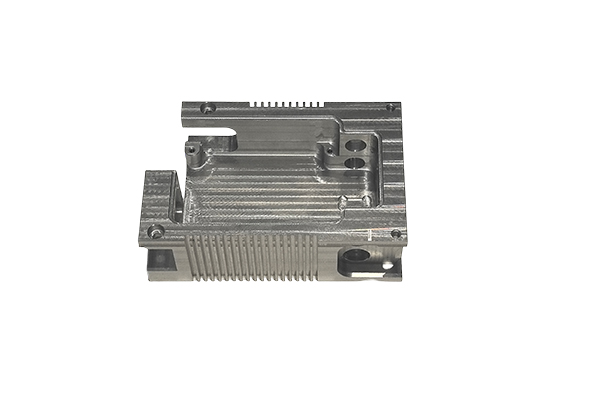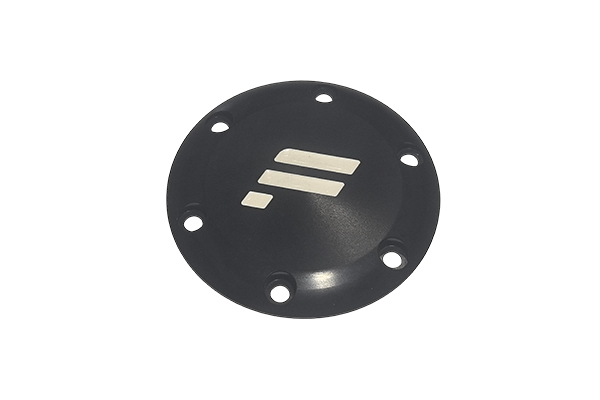In shell processing, how to achieve efficient quality control and inspection to ensure product qualification rate?
Release Time : 2025-04-02
In the manufacturing process of consumer electronic products, the shell is a key part to protect internal components, enhance product aesthetics and user experience, and its quality is directly related to the overall performance and market competitiveness of the product. Therefore, achieving efficient quality control and inspection in shell processing to ensure product qualification rate is the top priority in the production process.
Quality control starts with the selection of raw materials. For the shells of consumer electronic products, commonly used materials include metals (such as aluminum alloys), plastics (such as ABS, PC) and composite materials. When purchasing raw materials, their physical properties, chemical stability and surface quality must be strictly inspected to ensure that the materials meet the design requirements. This includes checking the key indicators of the material such as thickness, strength, corrosion resistance, heat resistance, and conducting necessary sampling tests to ensure the quality of each batch of materials is stable.
Real-time monitoring during the processing process is the key to ensuring quality. From cutting, stamping, injection molding to surface treatment, every link requires fine management. For example, during the injection molding process, process parameters such as mold temperature, injection pressure, and injection speed must be strictly controlled to avoid defects such as shrinkage, bubbles, and deformation. At the same time, advanced sensors and monitoring systems are used to collect production data in real time, and abnormal situations are warned and intervened to ensure the stability and controllability of the production process.
The quality inspection link should not be ignored either. For the finished shell, a comprehensive quality inspection is required, including dimensional measurement, appearance inspection, performance testing, etc. Dimensional measurement requires the use of high-precision measuring tools to ensure that the dimensional accuracy of the shell meets the design requirements. The appearance inspection uses visual or machine vision systems to check whether there are scratches, dents, color differences and other defects on the surface of the shell. Performance tests include drop tests, wear tests, waterproof tests, etc. to verify the durability and functionality of the shell.
In addition, establishing a sound quality management system is also the key to achieving efficient quality control. This includes formulating detailed quality control processes and standards, recording the processing parameters and inspection results of each process, tracing and analyzing unqualified products, and continuously improving production processes and equipment. At the same time, strengthening employee training and improving employees' quality awareness and operating skills are also important ways to improve product quality.
In summary, efficient quality control and inspection in shell processing needs to start from multiple aspects such as raw material selection, processing process monitoring, quality inspection and quality management system construction. Only by comprehensively applying advanced technology and management methods and continuously optimizing production processes and procedures can we ensure product qualification rate and improve product market competitiveness and user satisfaction.
Quality control starts with the selection of raw materials. For the shells of consumer electronic products, commonly used materials include metals (such as aluminum alloys), plastics (such as ABS, PC) and composite materials. When purchasing raw materials, their physical properties, chemical stability and surface quality must be strictly inspected to ensure that the materials meet the design requirements. This includes checking the key indicators of the material such as thickness, strength, corrosion resistance, heat resistance, and conducting necessary sampling tests to ensure the quality of each batch of materials is stable.
Real-time monitoring during the processing process is the key to ensuring quality. From cutting, stamping, injection molding to surface treatment, every link requires fine management. For example, during the injection molding process, process parameters such as mold temperature, injection pressure, and injection speed must be strictly controlled to avoid defects such as shrinkage, bubbles, and deformation. At the same time, advanced sensors and monitoring systems are used to collect production data in real time, and abnormal situations are warned and intervened to ensure the stability and controllability of the production process.
The quality inspection link should not be ignored either. For the finished shell, a comprehensive quality inspection is required, including dimensional measurement, appearance inspection, performance testing, etc. Dimensional measurement requires the use of high-precision measuring tools to ensure that the dimensional accuracy of the shell meets the design requirements. The appearance inspection uses visual or machine vision systems to check whether there are scratches, dents, color differences and other defects on the surface of the shell. Performance tests include drop tests, wear tests, waterproof tests, etc. to verify the durability and functionality of the shell.
In addition, establishing a sound quality management system is also the key to achieving efficient quality control. This includes formulating detailed quality control processes and standards, recording the processing parameters and inspection results of each process, tracing and analyzing unqualified products, and continuously improving production processes and equipment. At the same time, strengthening employee training and improving employees' quality awareness and operating skills are also important ways to improve product quality.
In summary, efficient quality control and inspection in shell processing needs to start from multiple aspects such as raw material selection, processing process monitoring, quality inspection and quality management system construction. Only by comprehensively applying advanced technology and management methods and continuously optimizing production processes and procedures can we ensure product qualification rate and improve product market competitiveness and user satisfaction.







